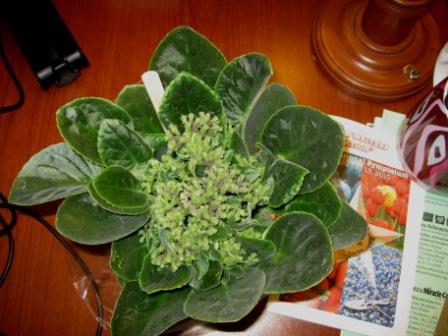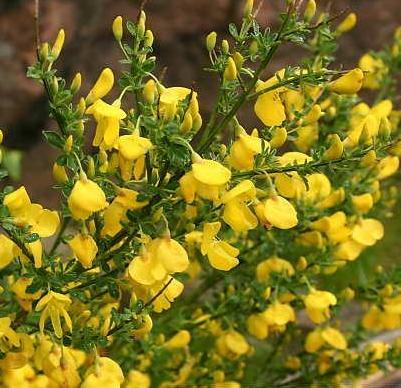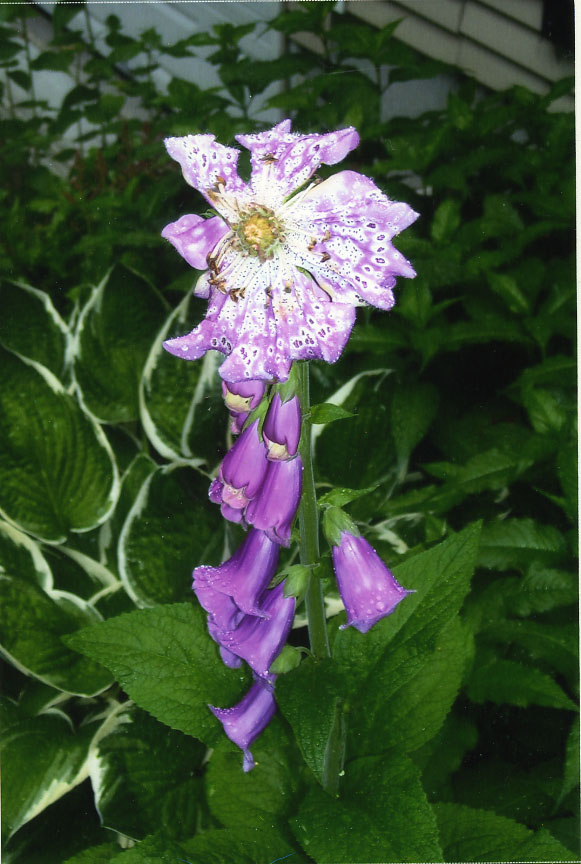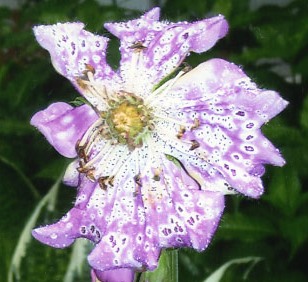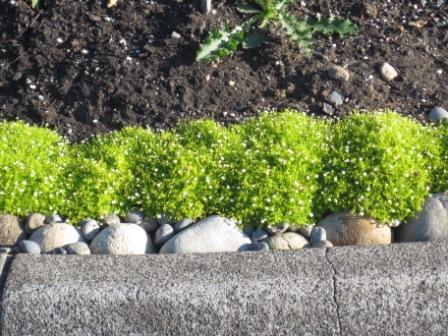
I’m a particular fan of ground covers, especially those that replace bare soil or synthetic mulches (plastics, fabrics, and the sciency-sounding “geotextiles”). That enthusiasm is tempered, however, by those invasive species, like members of Hedera, that seem to take over the world (or at least my little corner of it). So while logic might dictate a preference for native species, I can’t help but love Rubus hayata-koidzumii (often mislabeled as Rubus calycinoides), and commonly called creeping raspberry.
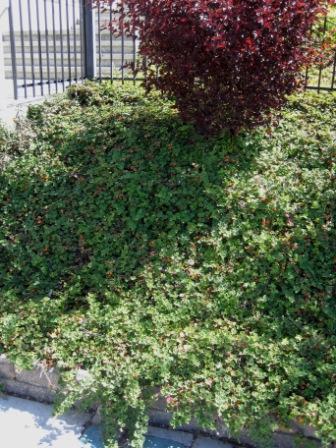
When it comes to ground covers, I prefer species that stay on the ground; I like them low, tough, and dense enough to keep weeds out. Of course they need to have attractive foliage and/or flowers. But the icing on the cake, quite literally, is when they have edible fruits.
That’s why I love Rubus hayata-koidzumii, a high-elevation species native to Taiwan. This USDA Zone 7 plant prefers sun to part shade (as you can see in the photo above), thriving in hot, dry conditions. Not only does it do yeoman’s work in covering and protecting slopes, it bears abundant white flowers which morph into tasty fruits that practically beg to be baked into a cobbler or crisp.
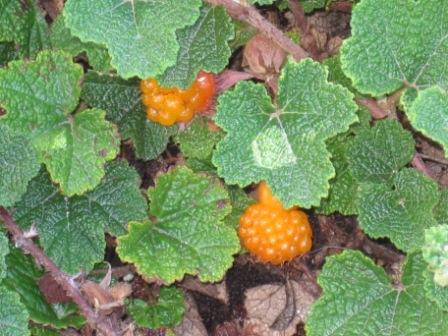
But have I let my heart overrule my head? Are there places where this species has become a problem? I haven’t found anything in the literature to suggest it’s invasive, but am curious to hear from others.

